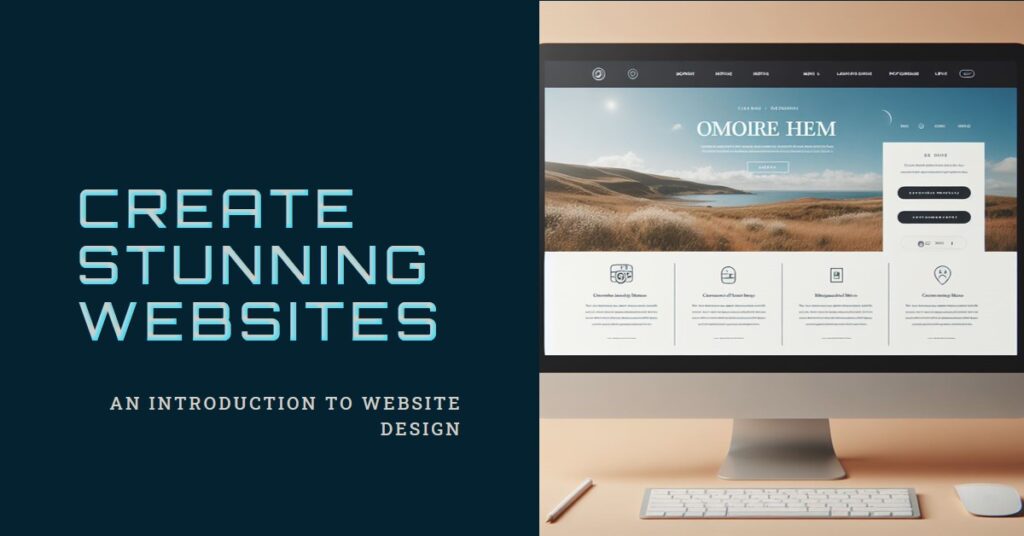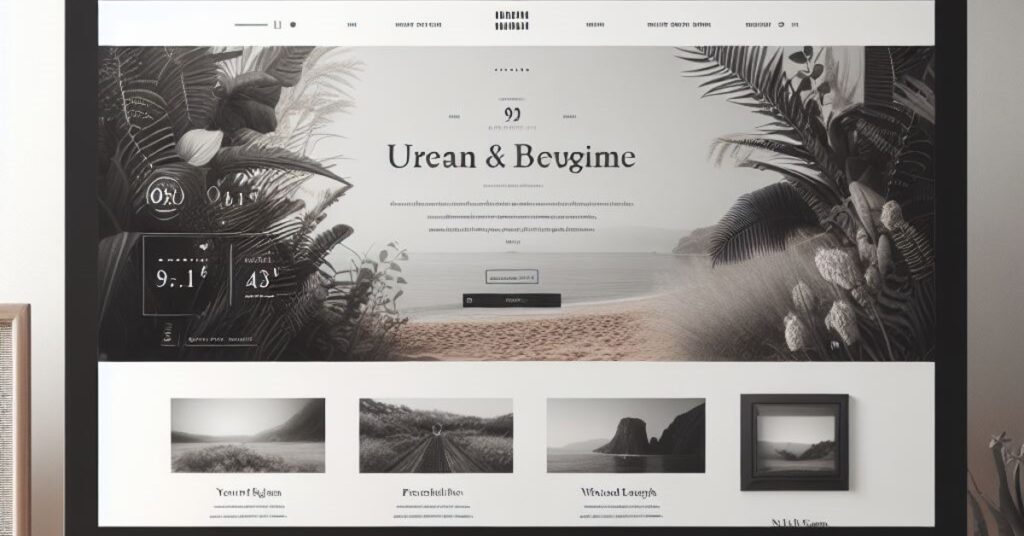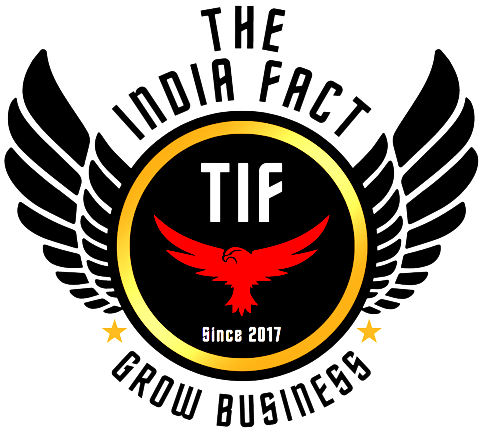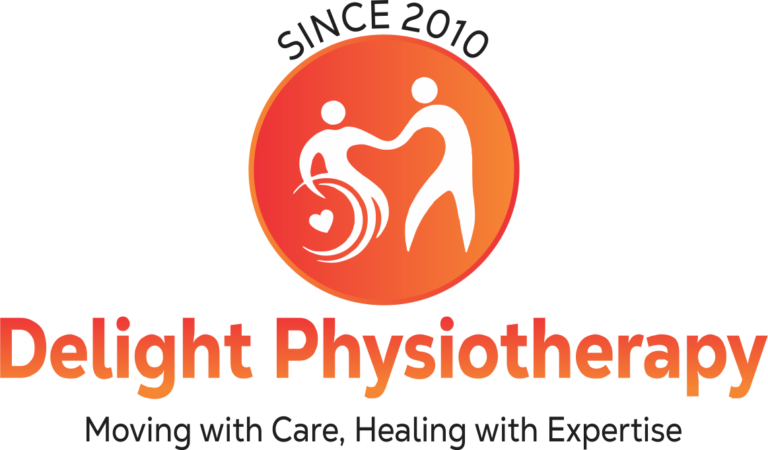How to Make a Website free with some tools

Make a Website free with some best tools
There are several processes involved in creating a website, from strategy and design to development and implementation. Here’s a summary of how to create a website that covers a range of subjects.
| 1 | introduction to creating websites |
| 2 | Creating a Website Plan |
| 3 | Selecting a Website Host and Domain Name |
| 4 | User Experience and Website Design |
| 5 | Content Management and Creation |
| 6 | Development of Websites |
| 7 | search engine optimisation (SEO) |
| 8 | Testing and Quality Control |
| 9 | Introducing Your Website |
1. introduction to creating websites

Introduce the idea of creating a website first. Explain the meaning of a website and its importance in the current digital era. Emphasise the value of owning a website, whether for commercial, personal, or professional use.
2. Creating a Website Plan

Talk about the value of planning before beginning the real process of development. Talk about things like figuring out who your target market is, conducting market research, and developing a site map that shows the organisation and content of your website.
3. Selecting a Website Host and Domain Name

Describe what a domain name is and why it’s critical that the name you choose for your website be distinctive, pertinent, and simple to spell. Talk about the procedure for registering a domain name and choosing a web hosting company that can accommodate your demands for scalability, performance, and dependability.
you can choose your domain from hostinger and other site like godaddy etc. now we talk about hosting plan so you can choose the hosting from hostinger and godaddy also.
4. User Experience and Website Design

Explore the foundational elements of website design, such as colour scheme, layout, typography, and graphics. Stress how crucial it is to design an aesthetically pleasing and intuitive interface that improves the user experience in general. To make sure your website works and looks good on a range of devices and screen sizes, talk about responsive design concepts.
5. Content Management and Creation

Examine how to produce text, photos, videos, and other multimedia content of the highest calibre for your website. Talk about how important it is to keep your branding, tone, and style consistent throughout your content. Describe content management systems (CMS) and how they can make posting, modifying, and organising material on your website easier. Examples of CMS are WordPress, Joomla, and Drupal.
6. Development of Websites

Describe the steps involved in developing a website, including HTML, CSS, JavaScript, and other technologies and programming languages that are frequently used to create websites. Explain how front-end and back-end development differ from one another and how they combine to produce a fully functional website. Present frameworks and libraries like.
7. search engine optimisation (SEO)

Describe search engine optimization’s (SEO) fundamentals and the role they play in bringing natural traffic to your website. Talk about off-page SEO tactics like social media marketing and link building, as well as on-page SEO elements like keyword research, meta tags, and optimised content. Give advice and best practices on how to raise your website’s search engine rating and visibility.
8. Testing and Quality Control

Emphasise how crucial it is to extensively test your website before launching it to make sure it works properly across a variety of devices, browsers, and screen sizes. Talk about how to debug and troubleshoot any problems that may come up during testing, and stress the significance of ongoing maintenance and monitoring to keep your website.
9. Introducing Your Website

Give instructions on how to complete the last stages of launching your website, such as transferring your files to the web server, setting up your domain name, and testing the live site to make sure everything functions as it should. Provide advice on how to use email marketing, social media, and other platforms to promote your website in order to draw users and increase traffic.
Conclusion:
Conclude by listing the main ideas discussed in the manual and stressing how crucial meticulous planning, design, development, and promotion are to the success of a website. Urge readers to use the information they’ve learned to make their own websites and to look into additional resources in order to keep learning and developing their abilities.






